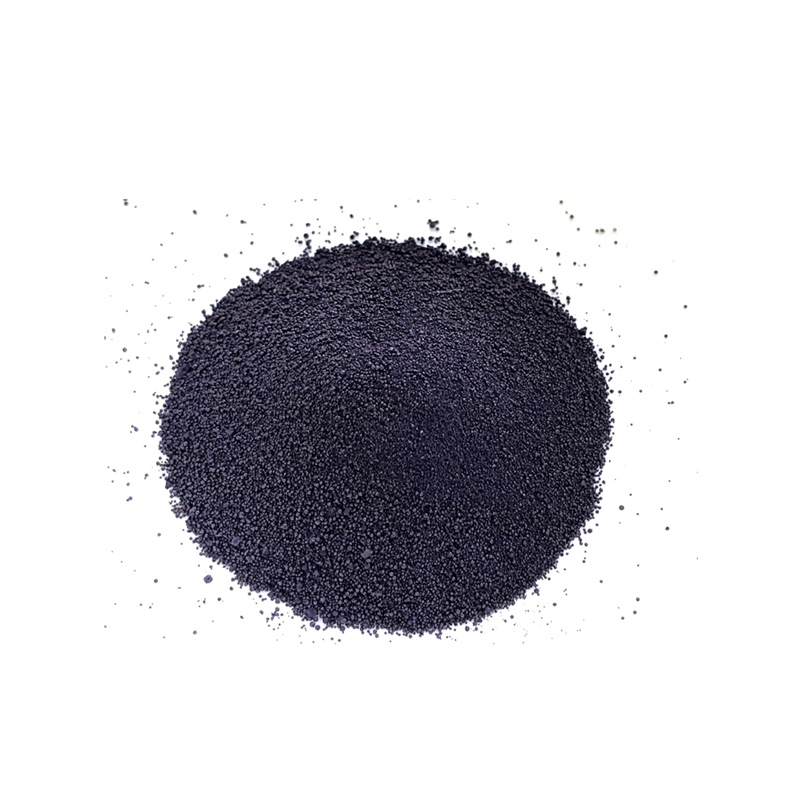light indigo color company


Sustainability is at the forefront of contemporary discussions on production and consumption. Japanese indigo dyeing stands as a beacon of environmental responsibility. Unlike synthetic dyes, natural indigo is biodegradable, and the dyeing process requires minimal chemical intervention. This eco-friendly approach not only produces less waste but also supports organic farming practices, reinforcing a sustainable cycle from cultivation to creation. For conscientious consumers, choosing products dyed with natural indigo aligns with their values of environmental stewardship and ethical consumption. The expertise required to master Japanese indigo dyeing is of the highest level, cultivated over years of dedicated practice. Artisans knowledgeable in this tradition possess a deep understanding of materials and techniques, often gathered from hands-on experience rather than theoretical instruction. This experiential learning curve fosters a strong sense of trustworthiness; consumers can be confident they are purchasing a product crafted with genuine skill and passion. To invest in a product created through Japanese indigo dyeing is to invest in a legacy of craftsmanship and cultural heritage. Each item tells a story, linking its owner to a lineage of artisans who have perfected their craft over centuries. As the global market continues to place value on products that offer authenticity and backstory, Japanese indigo dyeing stands as an exemplary model of excellence, authority, and trust—a truly unparalleled choice for those seeking quality and distinction in a world increasingly dominated by mass production.
-
Thermal Stability Analysis of Bromo Indigo Pigments
NewsJun.06,2025
-
Sulphur Black Dye Oxidation Process Optimization
NewsJun.06,2025
-
Lightfastness Testing of Bromo Indigo Dyed Denim
NewsJun.06,2025
-
Granule Size Distribution and Jeans Color Uniformity
NewsJun.06,2025
-
Gradient Dyeing Methods with Indigo Blue Granules
NewsJun.06,2025
-
Dyeing Temperature Effects on Sulphur Black Color Fastness
NewsJun.06,2025
-
Sulphur Black Dyes in Daily Use
NewsMay.07,2025

Sulphur Black
1.Name: sulphur black; Sulfur Black; Sulphur Black 1;
2.Structure formula:
3.Molecule formula: C6H4N2O5
4.CAS No.: 1326-82-5
5.HS code: 32041911
6.Product specification:Appearance:black phosphorus flakes; black liquid

Bromo Indigo; Vat Bromo-Indigo; C.I.Vat Blue 5
1.Name: Bromo indigo; Vat bromo-indigo; C.I.Vat blue 5;
2.Structure formula:
3.Molecule formula: C16H6Br4N2O2
4.CAS No.: 2475-31-2
5.HS code: 3204151000 6.Major usage and instruction: Be mainly used to dye cotton fabrics.

Indigo Blue Vat Blue
1.Name: indigo blue,vat blue 1,
2.Structure formula:
3.Molecule formula: C16H10N2O2
4.. CAS No.: 482-89-3
5.Molecule weight: 262.62
6.HS code: 3204151000
7.Major usage and instruction: Be mainly used to dye cotton fabrics.

